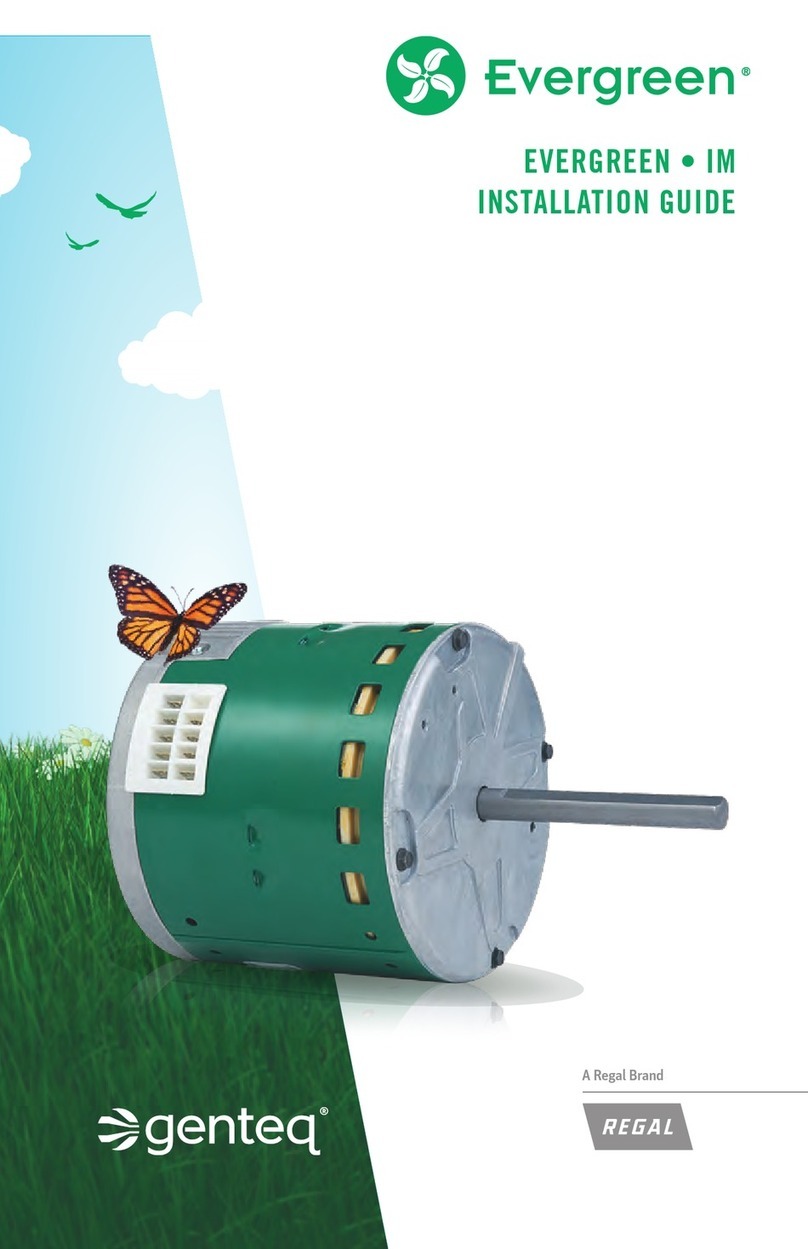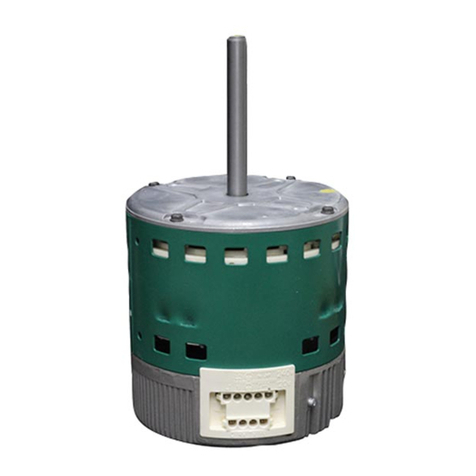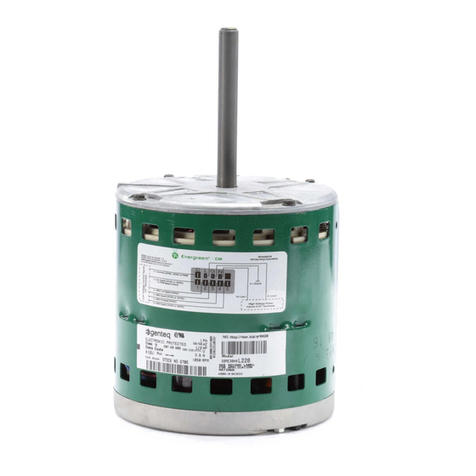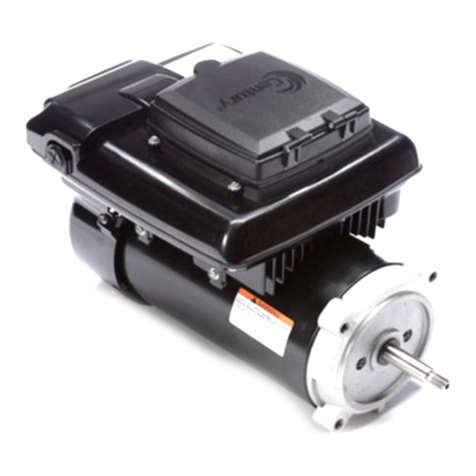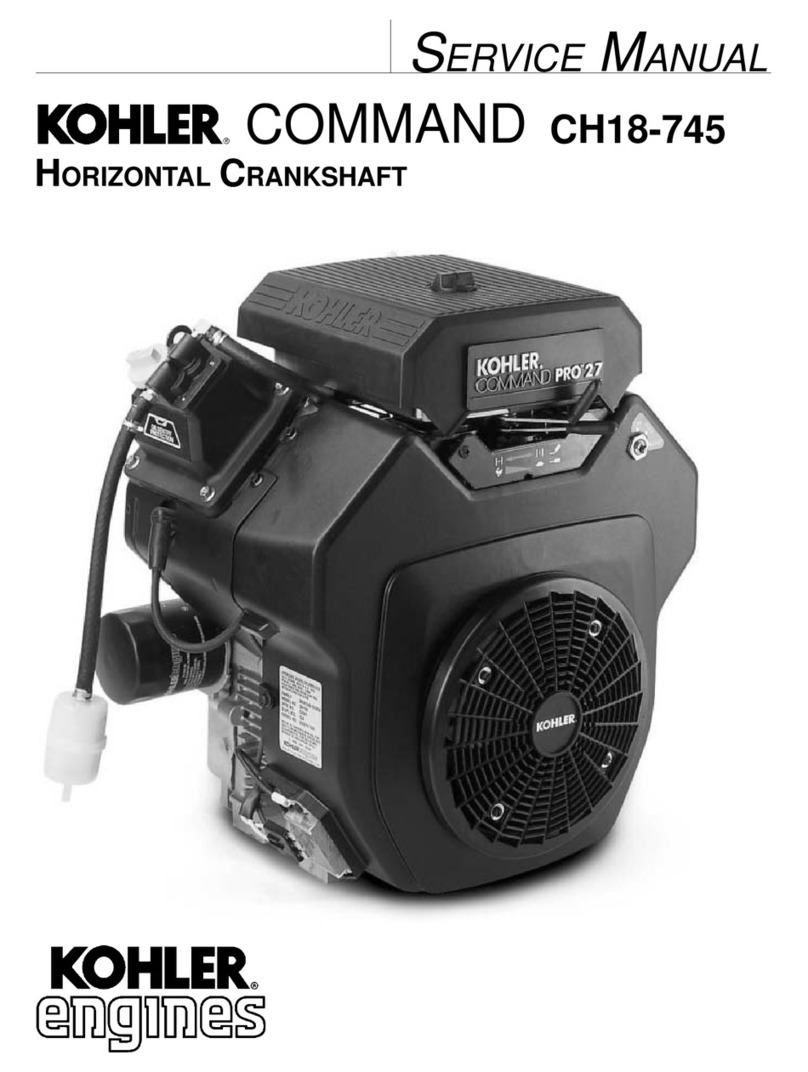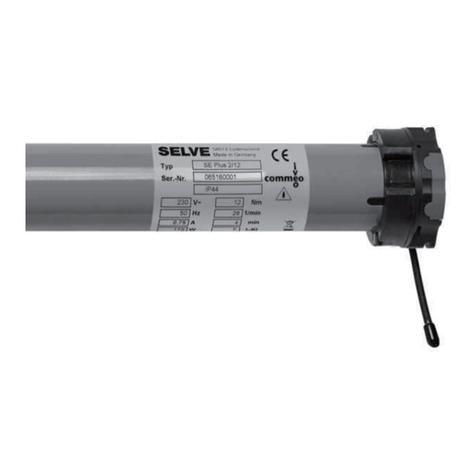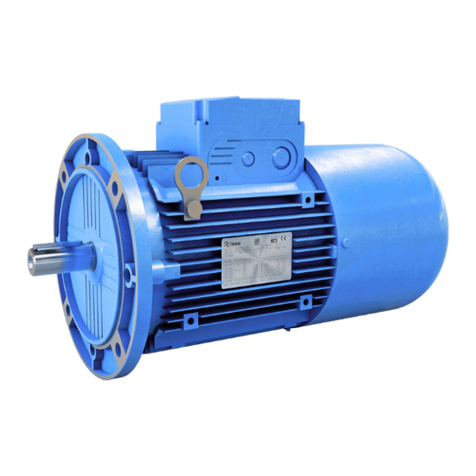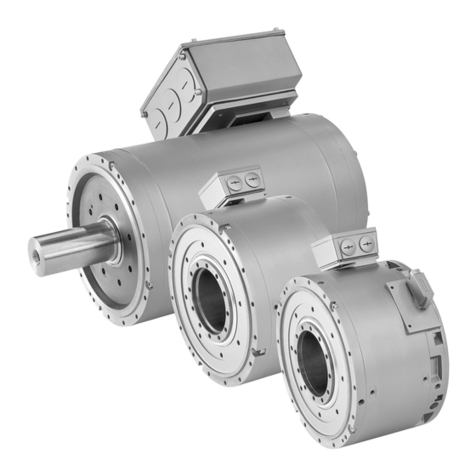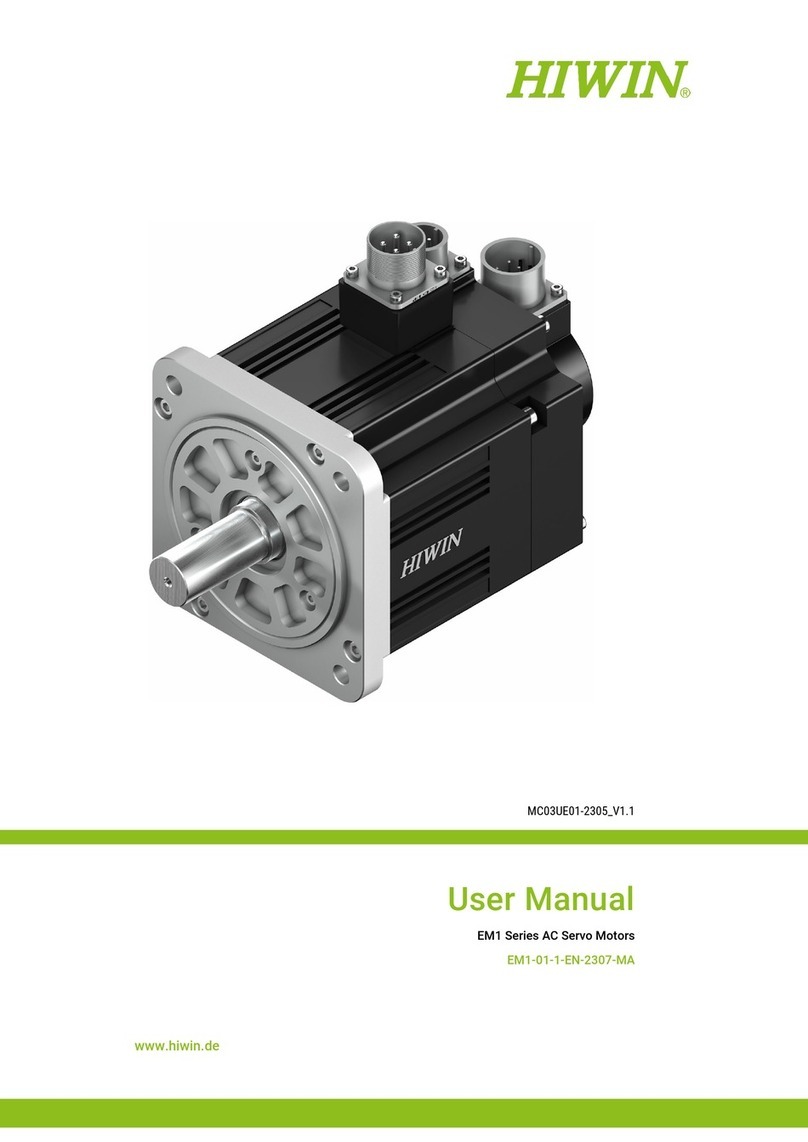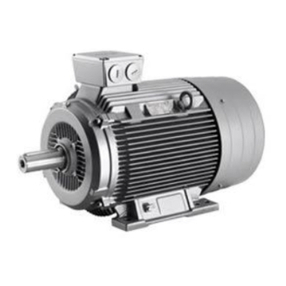
Introduction and Features
The ultra-high-efciency ECM has become the preferred motor for use in
energy-saving HVAC systems. Evergreen EM is made with the same eld-
proven, high-efciency ECM technology that has been used for more
than 20 years in new HVAC equipment. The Evergreen EM was designed to
replace direct-drive blower motors in residential and light commercial indoor
furnaces, air handlers, and package systems that were designed with a
standard ECM motor, such as an X13 or equivalent competitor model. It can
also be used to retrot PSC motors in commercial building series VAV boxes
and packaged heat pump systems. It is NOT intended to replace premium
ECM constant airow products, such as Eon 2.3, 3.0, and 2.5.
Features:
• Multi-speed, constant torque, brushless DC motor
• Available in 1/3, 1/2, 3/4 and 1HP ratings
• Available in either 115VAC or 208-230VAC single-phase input, 50/60Hz
• Maintains ECM-level Efciency up to 80%
• Operating speed range of 600-1200 RPM
• Automatically determines motor direction using Genteq’s Rotation
Sensing Technology (See Rotation Sensing on page 11 for details)
• Soft Start and Off Ramp for quieter operation
• 5 Discrete Speeds using 24VAC (3 using 18VDC) signal inputs
• Variable Speed, Torque Control using a PWM Signal. (Motor switches to
Variable Speed mode when a PWM input is detected)
• NEMA 48-frame (5.6 inch diameter) Belly Band Mount with 5-inch long,
½ inch diameter shaft.
• Class B insulation
• Electronic Thermal Overload Protection
• UL and CSA recognized component
• Shielded ball bearings
• Encapsulated Electronics
- 2 -
®EM




